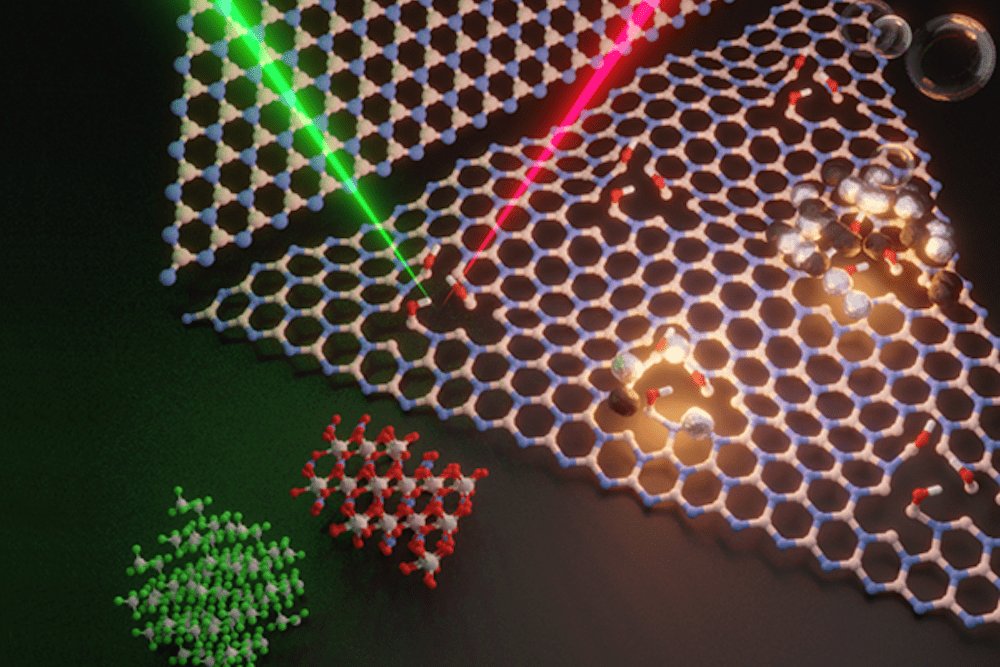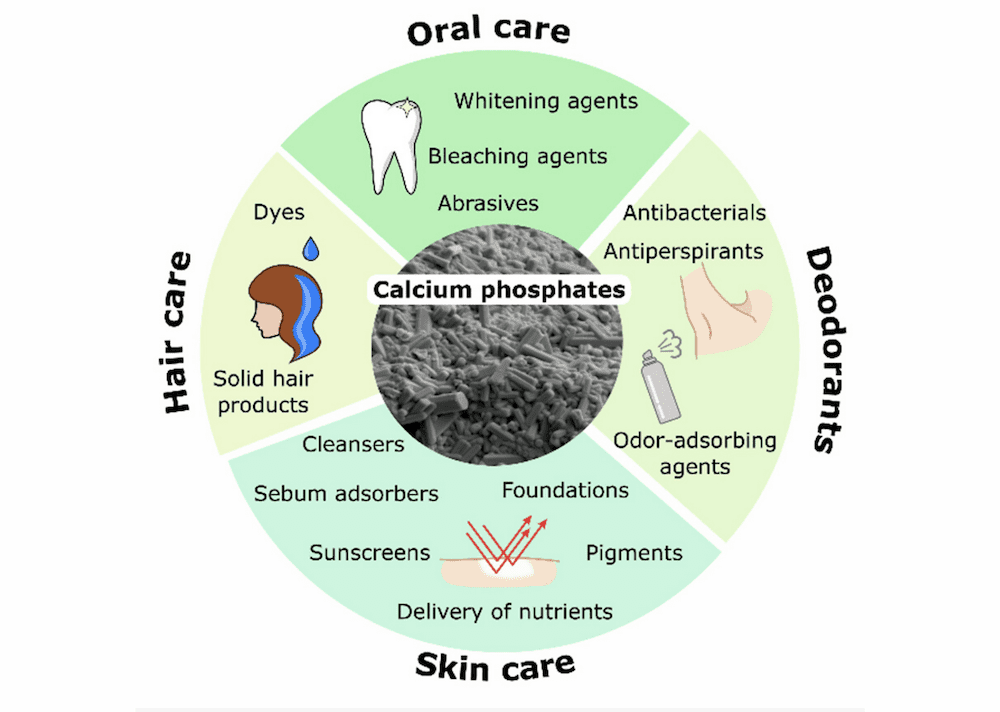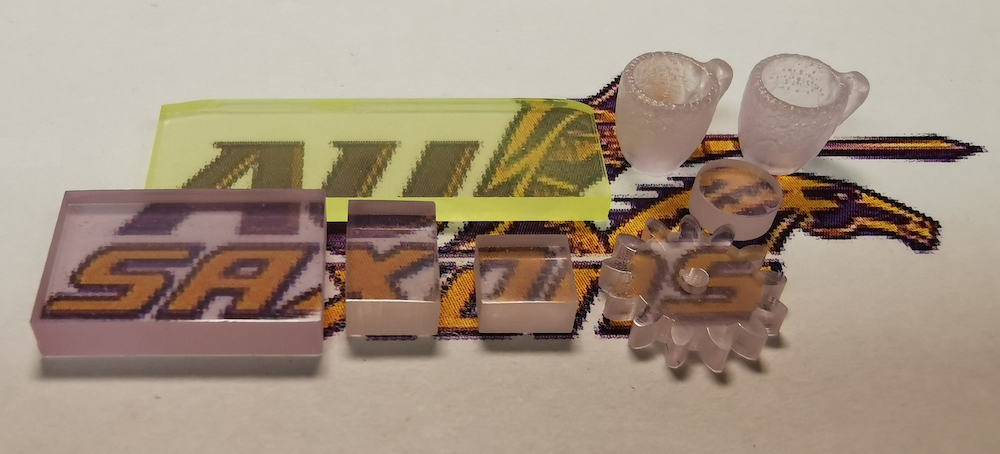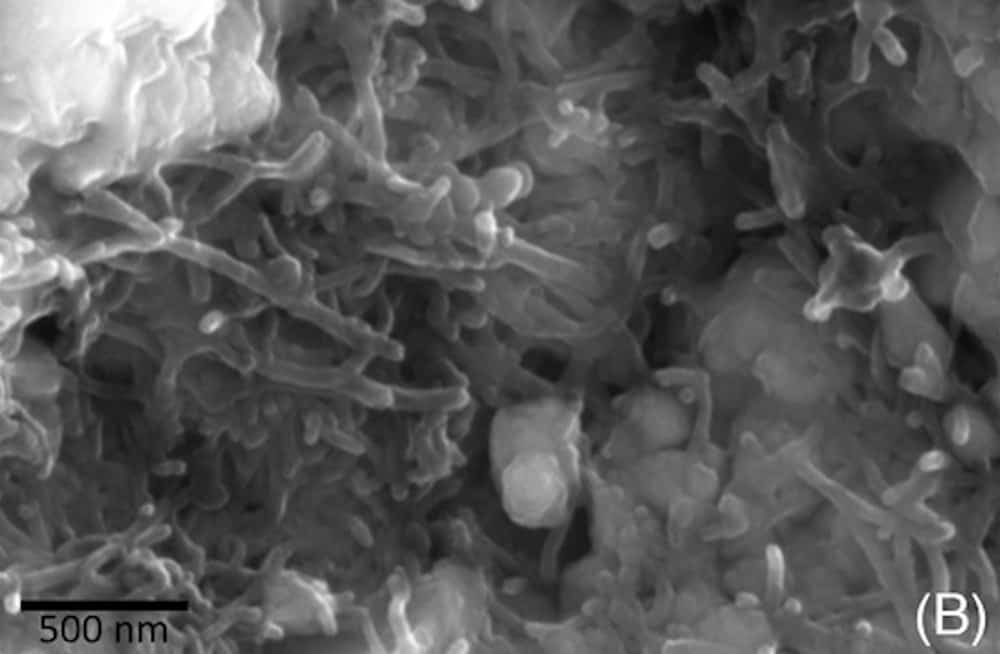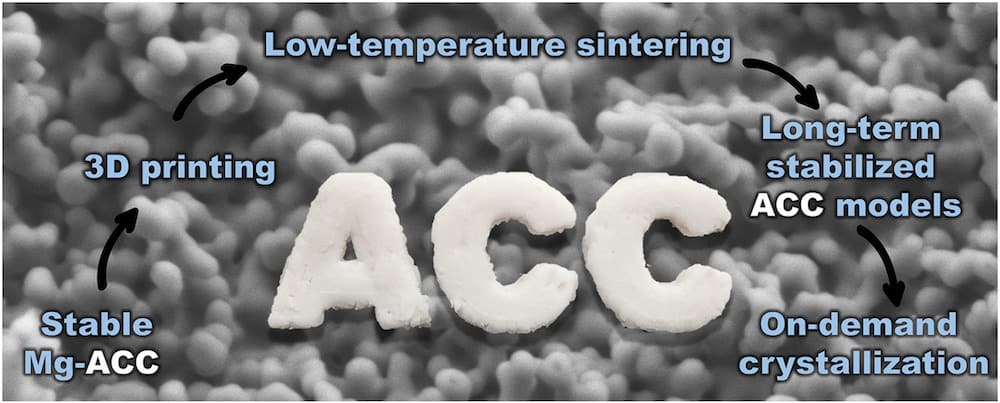Functionalizing hexagonal boron nitride is difficult due to bonding within the material’s structure. A group led by researchers at The Pennsylvania State University demonstrated the potential of cryomilling to functionalize hexagonal boron nitride through defect engineering.
Read MoreThere are many applications for calcium phosphate in the medical field. Recently, the cosmetics industry has taken an interest in this mineral family as well, and a new open-access paper reviews what the industry has used calcium phosphate for so far.
Read MoreTo meet the industry’s growing demand for customized manufacturing, researchers are increasingly interested in processing transparent ceramics using additive manufacturing. Guangran Zhang and Yiquan Wu of Alfred University demonstrated how highly transparent yttrium aluminum garnet ceramics could be fabricated via a lithography-based digital projection method.
Read MoreThe December 2021 issue of the ACerS Bulletin—featuring an overview of ceramic and glass materials in sports—is now available online. Plus—new C&GM and ceramicSOURCE 2022.
Read MoreBarriers to commercialization are not stopping scientists from developing new and improved methods for rapid testing of COVID-19. In today’s CTT, we look at three recent studies furthering research in this area.
Read MoreCurrent neural networks are incapable of understanding symmetry, which limits the conclusions that can be drawn from the data. Researchers from Lehigh and Stanford universities developed a new model that includes symmetry-aware features to improve symmetry approximation.
Read MoreA white cane is one of the most common mobility aids for people with visual impairments, but a limitation of these devices is they cannot detect obstacles beyond the length of the cane. Stanford University researchers developed a smart cane that is lightweight, affordable, and can be built at home.
Read MoreRecent articles on carbon nanotube-containing ceramic composites showed improved properties compared to the original ceramic composite. Two recent articles in ACerS journals demonstrate these improvements.
Read MoreIt can be difficult to incorporate organic additives into 3D-printed ceramic materials because the parts require high-temperature heat treatment to reach final density. Researchers in Israel developed a new low-temperature 3D printing process using amorphous calcium carbonate.
Read More
